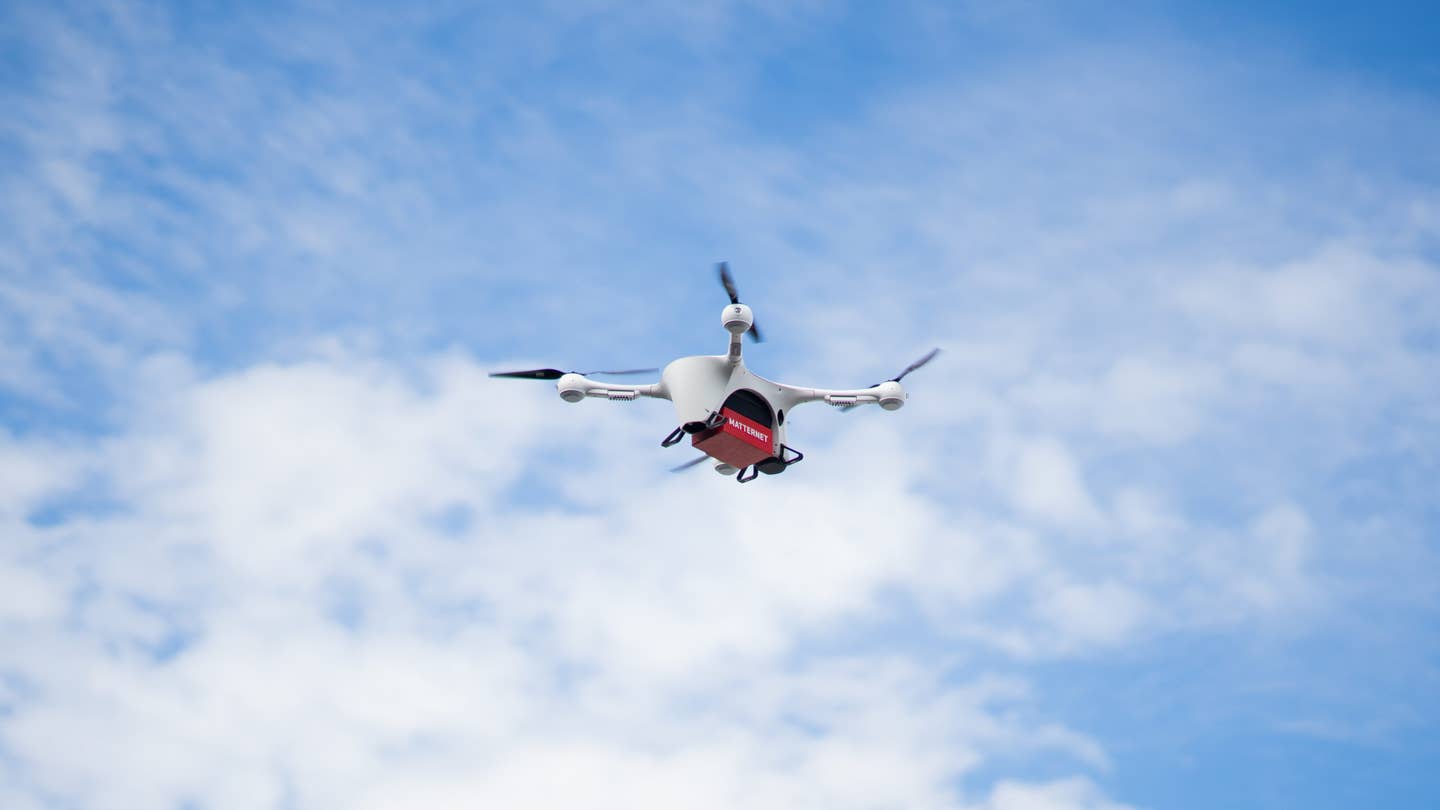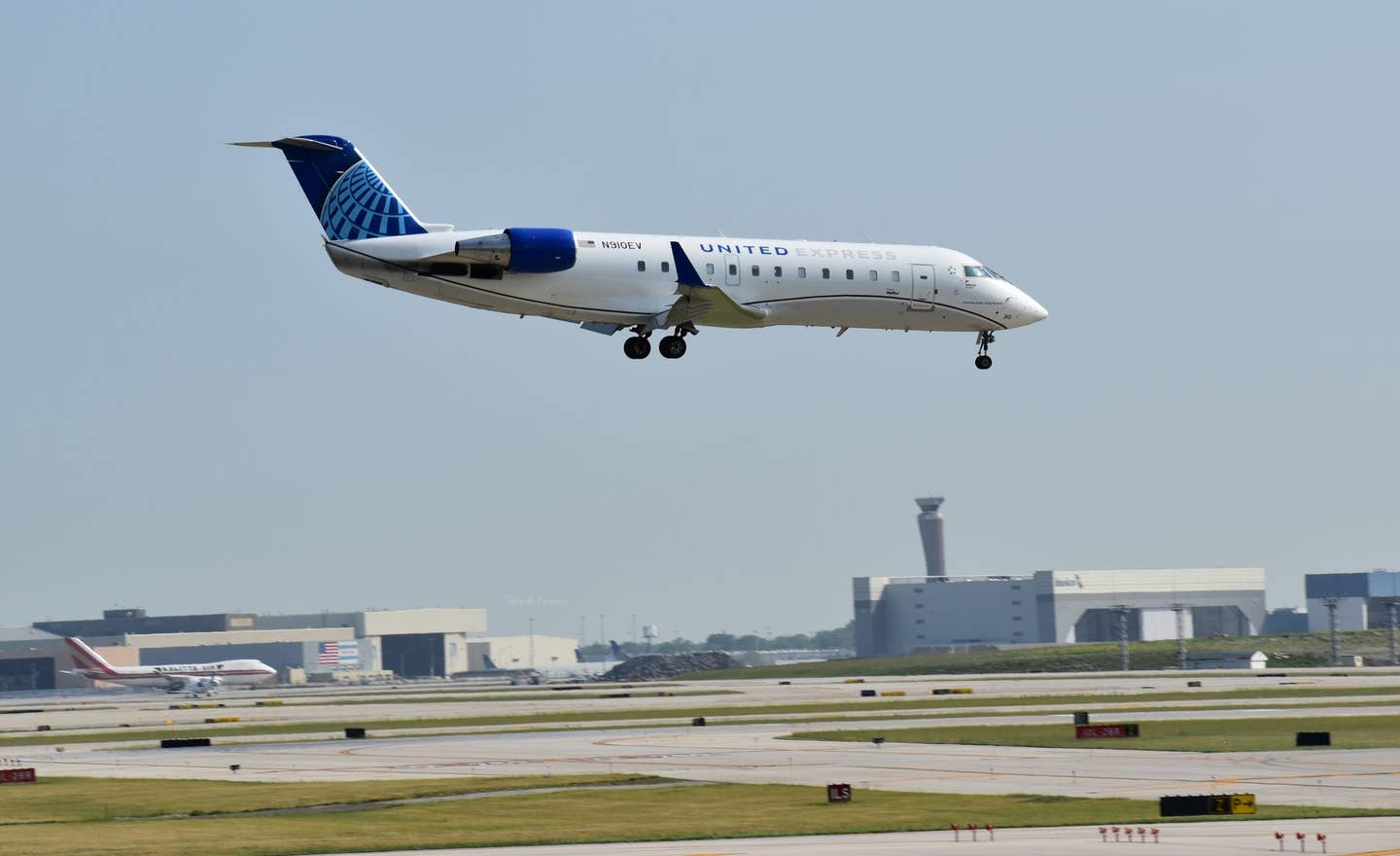
The FAA and NTSB regularly collaborate to improve aviation safety. Courtesy of FAA and NTSB
A Fact Sheet released recently by the FAA lists several National Transportation Safety Board safety recommendations, followed by the FAA actions being taken or considered. Of note is the record showing that NTSB and FAA “agree on a course of action about 80 percent of the time.”
Here are some interesting points in the FAA/NTSB safety recommendation fact sheet. For additional reading, the full fact sheet is available here.
While FAA agrees a majority of the time with NTSB’s safety recommendations, one clear example of a difference of opinion is in regards to NTSB recommendations A-13-12 and A-13-13, the required installation of crash-resistant flight recorder systems on new or existing turbine-powered, non-experimental, non-restricted-category aircraft that are not equipped with a flight data recorder and a cockpit voice recorder and are operating under Parts 91, 121, or 135.
“The crash-resistant flight recorder system should record cockpit audio and images with a view of the cockpit environment to include as much of the outside view as possible,” the NTSB recommended on the fact sheet. However, the document stated that the FAA is not considering rulemaking at this time for these recommendations, saying, “The FAA will examine possible ways of polling operators through their aviation safety inspectors to identify voluntary flight data monitoring (FDM) system equipage rates.”
NTSB’s recommendation A-16-36 states that all Part 135 operators should be required to establish safety management system (SMS) programs, an extension of a January 2015 FAA rule that required Part 121 certificate holders to have an SMS in place. The fact sheet stated that “FAA would like to highlight that while SMS is not currently required for Part 135 operators, the FAA has a formal SMS voluntary program in which Part 135 operators may participate. The FAA will conduct a review and hold meetings to determine the feasibility of recommending SMS for Part 135 certificate holders and determine if further action is needed.”
In an effort to reduce fatigue-related accidents, NTSB recommendations A-94-194/A-95-113/A-14-72 aims to set working hour limits for flight crews, aviation mechanics, and air traffic controllers based on fatigue research, circadian rhythms, and sleep and rest requirements, and requires that aviation safety inspectors brief the threat of fatigue before each departure. “The FAA will publish an Advance Notice of Proposed Rulemaking (NPRM) addressing Part 91 tail-end ferry operations for Part 135 operators and an NPRM to extend Part 121 flight, duty, and rest limits to tail-end ferry flights that follow an all-cargo flight,” the fact sheet explained.
In addition, the FAA is updating FAA Order 8900.1 and Advisory Circular (AC) 120-72, Maintenance Human Factors Training, to address NTSB recommendation A-13-3 requiring that personnel performing maintenance or inspections under Parts 121, 135, 145, and 91 Subpart K receive initial and recurrent training on human factors affecting maintenance that includes a review of the causes of human error, including fatigue, its effects on performance, and actions individuals can take to prevent the development of fatigue.
The fact sheet listed several important NTSB recommendations aimed at improving the safety of air tour operations in Hawaii. In cooperation with Hawaii commercial air tour operators, aviation psychologists, and meteorologists, NTSB recommendation A-07-18 states that a “cue-based” training program for commercial air tour pilots in Hawaii should be developed that specifically addresses hazardous aspects of local weather phenomena and in-flight decision-making, and would be required training for all newly-hired pilots. The FAA’s action includes a revision of Operations Specification (OPSS) B048 and Letter of Authorization (LOA) B548 to require weather training provided via pictorial description, actual video, or PowerPoint presentations of each commercial air tour site, showing examples of acceptable and unacceptable weather at each critical point within the route along with industry-recommended course reversal maneuvers.
Other NTSB safety recommendations listed on the fact sheet involve drug and alcohol impairment, the strengthening of occupant protections in new rotorcraft, coordination of evacuation procedures between Part 121 flight attendants and flight deck crew members in cases of loss of communications, and new recommendations for inoperative radar altimeters in helicopter emergency medical services operations.
A lengthy focus of safety recommendations in the fact sheet was aimed at the Alaskan Air Tour industry to reduce the risk of weather-related accidents involving the continuation of flight under visual flight rules (VFR) into instrument meteorological conditions. In particular, NTSB recommendation A-17-42 states that automatic dependent surveillance-broadcast (ADS-B) data from Ketchikan air tour operations needs to be analyzed on an ongoing basis, with meetings held annually with Ketchikan air tour operators to engage in a discussion of any operational hazards reflected in the data and collaborate on mitigation strategies for any hazards identified. The fact sheet stated that “FAA determined that there are several portions of Ketchikan air tour flight paths where ADS-B data is not available. However, discussions with industry stakeholders indicate that their use of “Spider Tracks” technology, a commercially available GPS tracking tool, allows the air carriers to have full coverage of the entire flight path. Spider Track information has been openly shared with the FAA, and is routinely incorporated into the bi-annual air tour safety meetings.”

Sign-up for newsletters & special offers!
Get the latest FLYING stories & special offers delivered directly to your inbox






